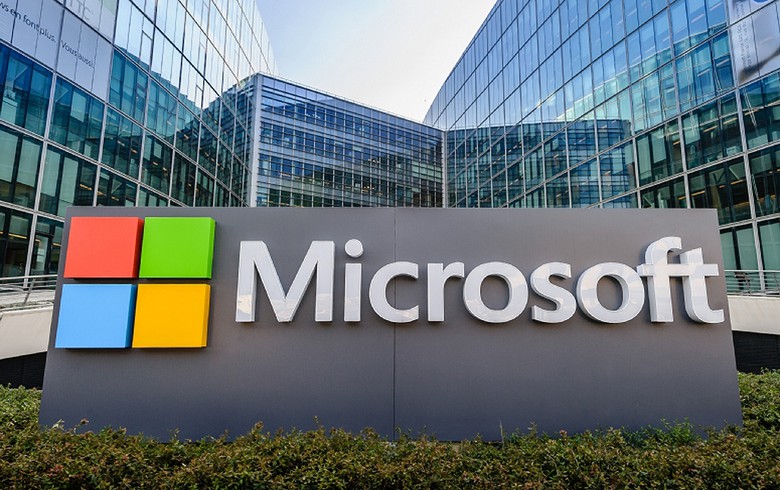Microsoft Firm is a global technology corporation based in Redmond, Washington, that manufactures computer software, consumer electronics, personal computers, and associated services. The Microsoft Windows operating system line, the Microsoft Office suite, and the Internet Explorer and Edge web browsers are among its most well-known software products. The Xbox video game consoles and the Microsoft Surface family of touchscreen personal PCs are its major hardware offerings.
Microsoft was rated No. 21 in the 2020 Fortune 500 list of the top US firms by total revenue; as of 2016, it was the world’s largest software manufacturer by revenue. Along with Google, Amazon, Apple, and Meta, it is one of the Big Five American information technology corporations.
History of Microsoft – Founding and Early Growth
Microsoft is involved in the development, licencing, and maintenance of a wide range of software products and services to meet a variety of needs. Steve Ballmer was selected as Microsoft’s new CEO in 2000. Before leaving, Bill Gates had met Steve Ballmer at Harvard University. Despite some doubts about Ballmer’s abilities, Microsoft maintained its lead in both the corporate and personal computer industries. Microsoft’s core strengths and the majority of its revenues came from the business side. Despite the fact that the corporation recognised that they had a significant position in consumer markets as technology advanced.
Bill Gates and Paul Allen founded Microsoft after a successful Altair deal in January 1975. In 1975, their revenue was $16,000. Microsoft’s big break came in 1980, when it struck a collaboration with IBM, resulting in Microsoft offering a critical operating system, DOS, for IBM PCs. This meant that a royalty was paid to Microsoft for each IBM computer sold. With the introduction of Windows 3.0 in 1990, Gates demonstrated Microsoft’s future plans; 60 million copies of Windows had now been sold, thus making Microsoft the sole guardian of the PC software standard.

Prior to 1990, Microsoft was primarily a provider to hardware manufacturers. That was their target demographic. As technology evolved and personal computers became more popular, the majority of Microsoft’s revenue came from consumer sales. It was the first software corporation to make a $1 billion profit. As new versions of Microsoft Windows were released, Microsoft gained a larger proportion of the global PC market (around 90 percent ).
Many of Microsoft’s prior operating systems were replaced as part of Project Longhorn in 2001, beginning with Vista. Vista, the latest operating system, was offered to the general public in 2007. There were several Vista variations available to suit to various users, including Home (Basic or Premium), Ultimate, Business, and many more. Microsoft’s key clients, the corporate market, favoured Windows XP because it was a fast, stable, and secure operating system.
In 2009, Windows 7 was introduced to replace Vista, securing Microsoft’s position in the software market. This was followed by the introduction of Windows 8 in October 2012, which contained significant improvements to its operating system platform and user interface in order to improve user experience on tablets. Since then, Windows 8.1 (October 2013) has been launched, with more enhancements.
Microsoft also entered the gaming and mobile phone market and was successful in capturing a large market share. The Windows Mobile OS is used by numerous sellers including HTC, LG, Samsung and LG.
Foray into Gaming
Microsoft debuted the Xbox in 2001, followed by Xbox Live in 2002. Both products were huge successes, propelling Microsoft to second position in the video game market. The Xbox 360, which was introduced in 2005, was an extremely powerful gaming device that faced stiff competition. Due to competition, Microsoft had to lower the pricing of its game consoles in order to win a larger market share. This was a successful tactic, since the Xbox 360 was the most popular game system in American households.
Microsoft paid $8.5 billion for Skype in 2011, making it the biggest acquisition in Microsoft history. Microsoft purchased Skype in order to compete with Apple’s Facetime and Google Voice. Microsoft intended to integrate Skype into its products, including Outlook, Xbox, and Windows cellphones.
Microsoft, which unveiled the Windows Azure platform in 2008, has also lately delved into cloud computing. The Windows Azure platform enables users to create computational infrastructure in the “cloud” and make it available to other users. Office 365, a cloud version of the Office business software suite that featured apps such as Word and Excel, was introduced in 2011.
Another popular product, Microsoft’s SQL Server 2012, had several improvements over earlier versions. This featured Always On, which offered choices for improving database availability as well as simple cloud setup and compatibility. Enhancements to performance and programmability were also implemented. DSP-Explorer supports all Microsoft SQL Server versions and features on a wide range of Windows systems.
If you want to read more content like this, subscribe to our newsletter



